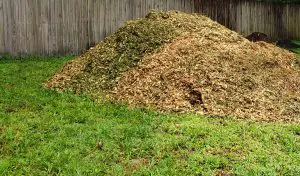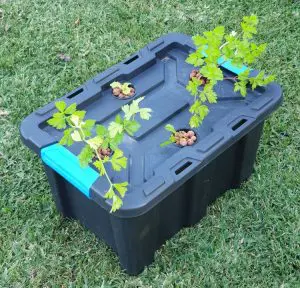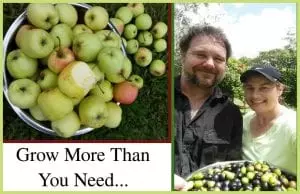Grocery prices have risen sharply in 2022 due to inflation, and this upwards price trend doesn’t look to be stopping any time soon. Compounded by shortages due to the pandemic and localised extreme weather events, fresh produce prices in particular are higher than ever. We’ve all seen the $12 lettuces headline, but luckily as gardeners we are able to take action and grow our own. Not only that, but if we think beyond the typical short-lived annuals, there are a number of alternatives that are even easier to grow and provide year-round food. These 5 perennial greens will reduce your grocery bill- and the gardening workload too!
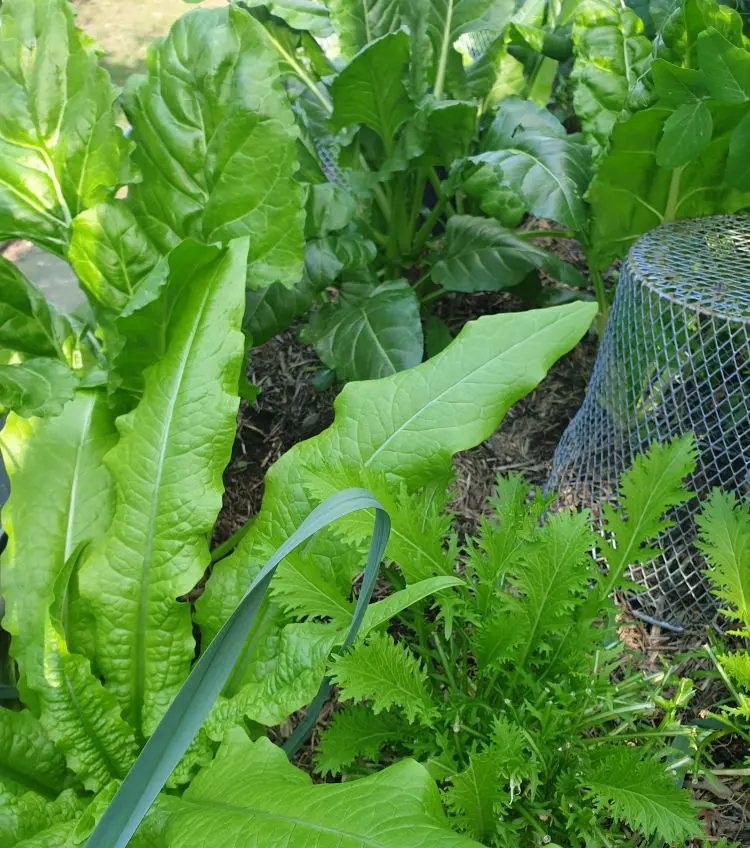
What are Perennial Greens?
A perennial is a plant that lives for longer than one year. Some are edible, most are not. Some perennials will live longer than others- those known as ‘short-lived perennials’ will live for 2-3 years, whereas others may live for up to 15 years. On the whole, perennial greens (i.e perennial plants with edible green leaves) usually live for 3-4 years.
Perennial greens are a cheap and easy-to-grow alternative to store-bought lettuces. They are not only a sustainable food, they are a sustainable garden plant too. Tasty & delicious, they naturally have different flavours to annual greens yet can add a wide range of vitamins and minerals into your diet. Even better for the gardener, they are low-maintenance as they don’t need to be newly planted every season.
No matter what kind of climate you live in, there are 5 perennial greens to suit. If you live in the subtropics (like me), you’re not left out. There are even a range of perennial greens that thrive in hot humid weather. Here are 5 of our top picks.

Perpetual Gator Spinach
Perpetual gator spinach (beta vulgaris) is a fantastic edible leafy green that you can eat raw or cooked. It is actually a type of leaf beet that is grown and used as spinach. It produces smooth oval-shaped bright green leaves, & its size and growth habit is similar to that of rainbow chard.
This good producer is biennial, meaning it will live for at least 2 years. You can grow it year-round in a variety of climates, as long as your frost isn’t heavy nor your summer too hot. It’s particularly good in the subtropical areas such as Florida & seQLD. Just like silver beet & rainbow chard, perpetual gator is easily grown from seed, in fact the seedlings look similar. It has good resistance to heat, mild frost & downy mildew. Watch out for cabbage white butterflies though, they love this one.

Okinawan Spinach
Also known as Hong tsoi or cholesterol spinach, Okinawan spinach (gynura crepioides) is ornamental as well as edible. Native to Japan & Indonesia, this edible green loves the tropics but can withstand climates as cool as temperate if kept in a very warm position.
The hardy low-maintenance perennial leaf vegetable will grow in full sun and partial shade, but is sensitive to frost. A pretty addition to the garden, its green leaves have an attractive purple underside. The leaves and young shoot tips only require a little cooking. They can be lightly steamed and/or used as last-minute additions to stir-fries, stews and soups.

Longevity Spinach
Longevity spinach (gynura procumbens) is a versatile edible creeper. It is a pale green semi-succulent vining plant that will form a thick ground cover when left to creep. Frost-sensitive, it will thrive in a hot humid climate and likes partial shade.
Also called sambung spinach, its fleshy leaves are considered an anti-inflammatory food, and can be eaten raw or cooked. New plants grow easily from cuttings. Keep the soil moist for best growth. If you’re in a cold climate you can grow this as an annual. Just pot up some cuttings as winter approaches then bring them inside if temps drop below 10 degrees (50F).

Red-Veined Sorrel
Red-veined sorrel (rumex sanguineus), also known as bloody dock, is one of the gardens quiet achievers. You can pop it in a corner and it’ll go quietly about its business, growing steadily & giving a continual supply of lemon-scented leaves all while suffering no pest problems & not overshadowing any other plant.
This perennial leafy green has very attractive red veins throughout its long slim leaves, and will create a point of visual interest in any vegetable garden. The leaves can be eaten raw or cooked, and have a distinctive, slightly bitter lemony taste. This frost-hardy edible green is easy to grow in a variety of climates. While best suited to mild temperate weather, it can be grown right through a hot subtropical (i.e. QLD & Florida) summer if kept in full shade with a good water supply.
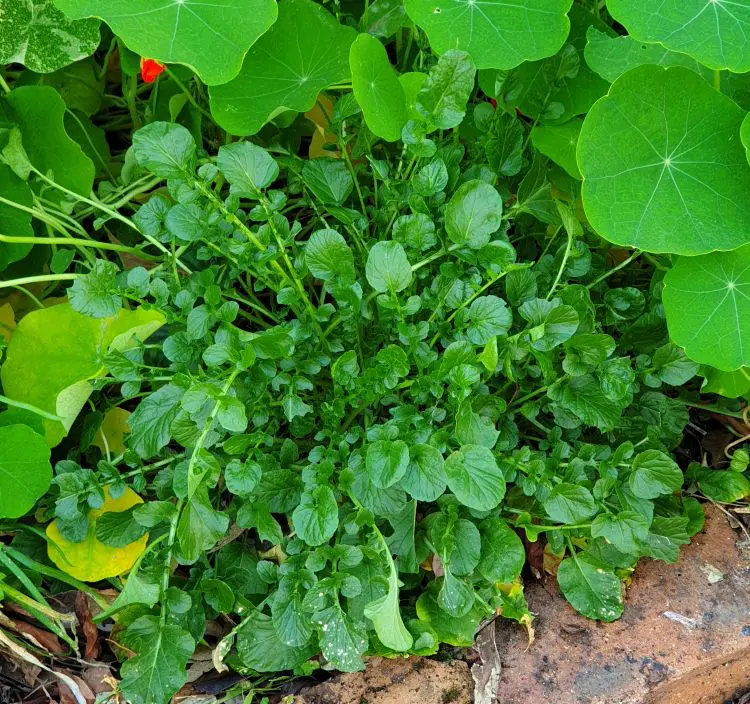
Land Cress
Also known as upland cress, this peppery salad green (barbarea vulgaris) is a close relative of watercress. Another quiet achiever in the garden, land cress looks quite similar to rocket & grows to the same size. A salad green with a strong bitey flavour, land cress is more an accent than a base addition to salads.
This short-lived perennial prefers a cool climate and is frost-hardy. At the same time, it will grow perfectly well in climates as hot as the subtropics if kept in full shade with moist soil. An ideal companion plant for brassicas, land cress is said to attract the cabbage white butterfly & kill their larvae. Its low habit makes it ideal for intercropping with tall annuals.
~~
Green leafy vegetables are the easiest vegetables to grow, and are ideal for beginners. Always make sure your soil drains well and is rich in organic matter. Leaf vegetables always require a lot of nitrogen for strong growth, so you’ll need to fertilise them regularly. Aged manures, slow-release fertiliser pellets and blood & bone (bonemeal) are always good fertilisers you can use.
These 5 perennial greens will all grow well in pots. Just remember that moisture and nutrient levels are harder to manage with potted veggies, but at least you have the benefit of being able to quickly change their position if you need to. Perennial green leafy vegetables should receive at least 6 hours of direct sunlight per day for maximal growth. Happy gardening!



